Panama Borquete Region Rose Summer Coffee Introduction Don Benjie Manor Anaerobic Sunburn Rose Summer Brewing Flavor
Professional coffee knowledge exchange More coffee bean information Please pay attention to coffee workshop (Weixin Official Accounts cafe_style)
For some people, growing coffee may be for a living, it may be an ancestral industry for generations, or it may be a hobby. This article is about Don Benjie Estate, a coffee estate in Panama's Boquet region, which started with a pediatrician.
Panama's Poquete region
Boquete is a town in Chiriqui province, located near the border between Panama and Costa Rica, near the famous Baru volcano, beautiful scenery, rich soil, climate and soil are very suitable for producing high-quality coffee. Cool foggy, mountainous geography creates a unique microclimate, cool climate and frequent fog help slow the ripening process of coffee fruit, similar to high altitude, front street coffee cup test coffee beans in this region, coffee flavor can range from cocoa to fruity, with a slight acidity.
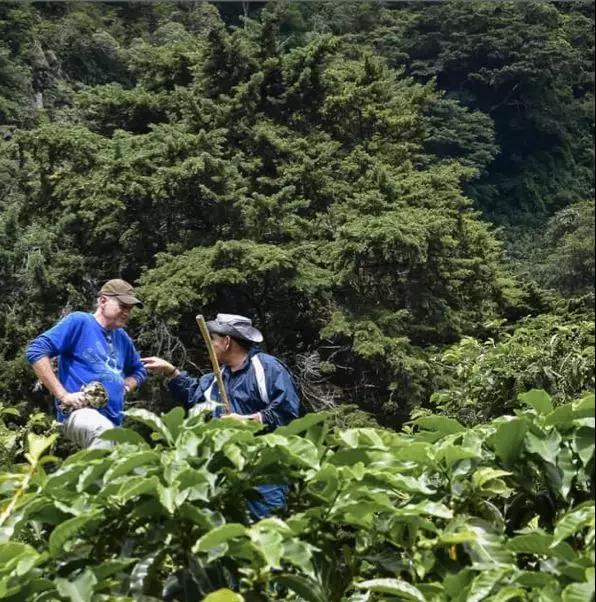
The microclimate of Poquet Highlands is a unique and important resource for fine coffee in Poquet producing areas, which makes Panama's environment from east to west allow cold air currents to converge above 1600m through the Central Mountains, thus creating a variety of microclimates in the Poquet region, making its temperature and rainfall very suitable for plant growth. Therefore, coffee trees grown here are in good condition.
Don Benji Manor
Dr. Renan Esquire, a renowned Panamanian pediatrician, was a nature lover as well as a pediatrician. In 1980 he bought Bajo Mono Farm, his first farm purchase. Dr. Renan Esquire planted a wide variety of trees, plants and coffee varieties on his farm, which have been preserved to this day. Bajo Mono Farm Coffee Plantation covers an area of 33 hectares and is located in Chiriki Heights, north of the town of Gorge Poquet, on the slopes of Mount Baru, at an altitude of 1400-1550m.
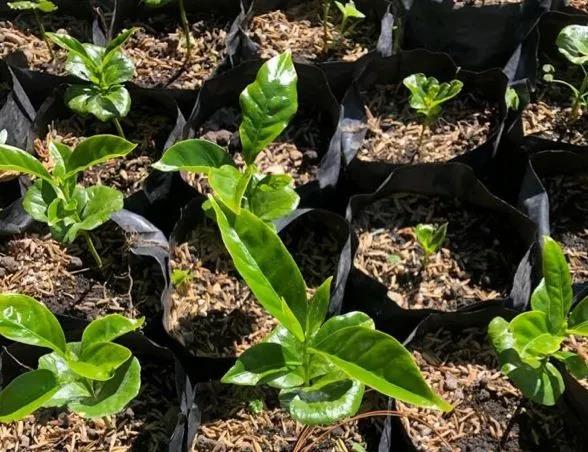
Bajo Mono is one of the best places to produce quality Panamanian coffee because of its volcanic soils, clear springs and what locals call the "Bajareque" climate, where moisture from the Pacific meets that of the Atlantic, mist rises in the mountains when the wind blows, and rainbows are often seen, all of which form a unique microclimate that allows the coffee trees to grow in a better environment and quality.
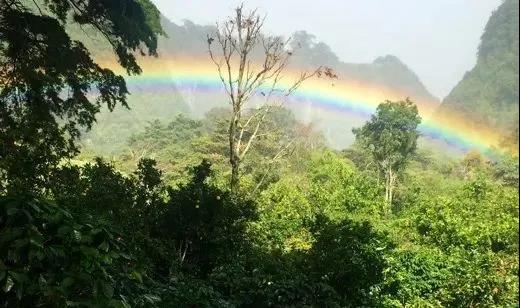
Stefan Arwed Müller has been running Bajo Mono Coffee Farm since 2011, dedicated to further improving the quality of coffee beans and protecting the ecological environment of the plantation area, producing coffee beans named Café Don Benjie.
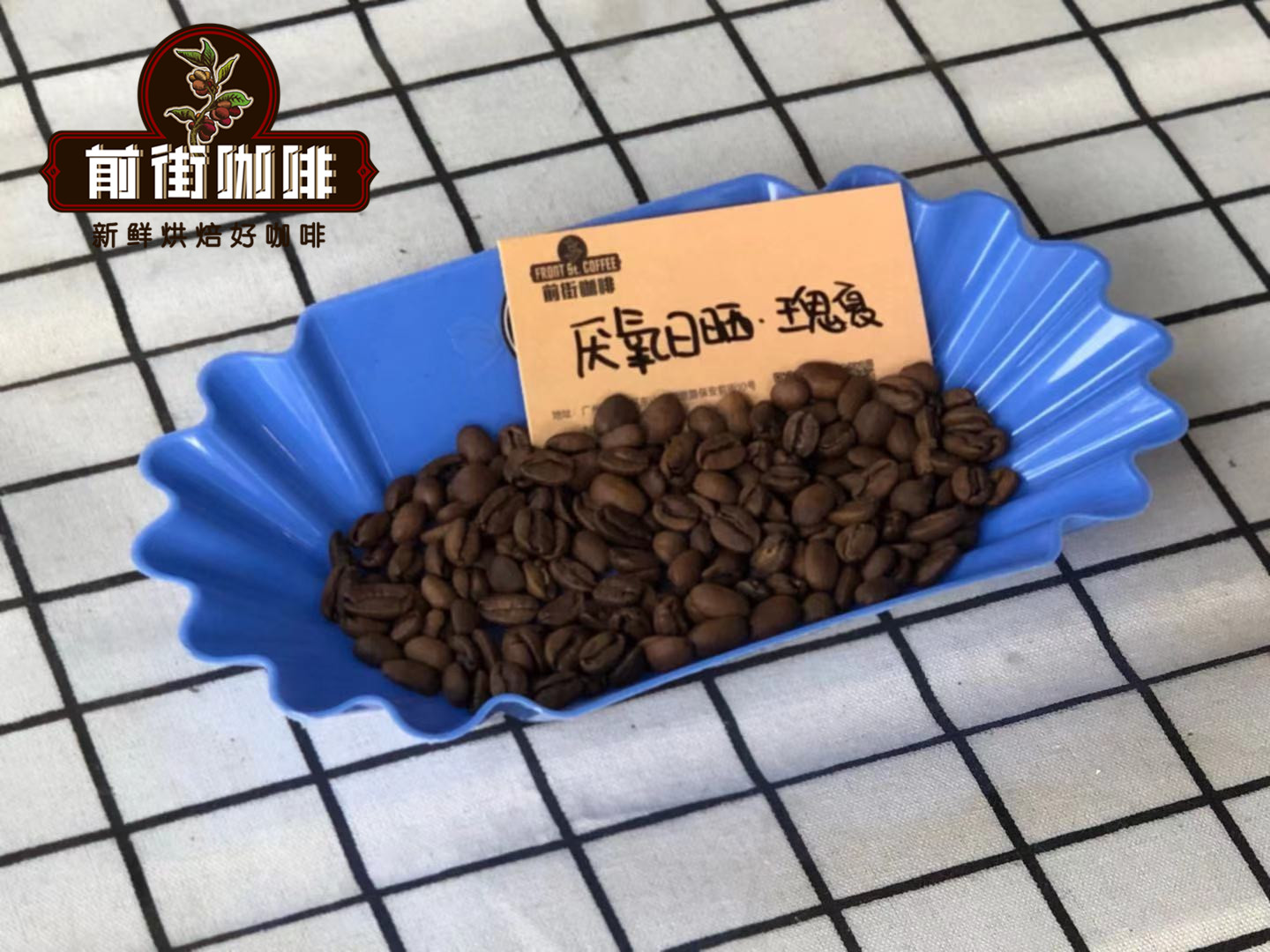
Front Street Coffee--Panama Don Benjie Estate Rose Summer Coffee Bean
Region: Panama Poquete Don Benjie Estate
Breed: Geisha
Altitude: 1500M
Treatment: anaerobic solarization
Rose Summer Coffee Bean Varieties
Rose summer coffee beans are slender, and the flavor is fresh and pleasant. From these two points of view, Rose Summer does not look like coffee varieties in Central and South America, but more like Ethiopian coffee varieties. When was the summer introduced to Panama? Discovered in 1931 in Ethiopia's rosewood forest.
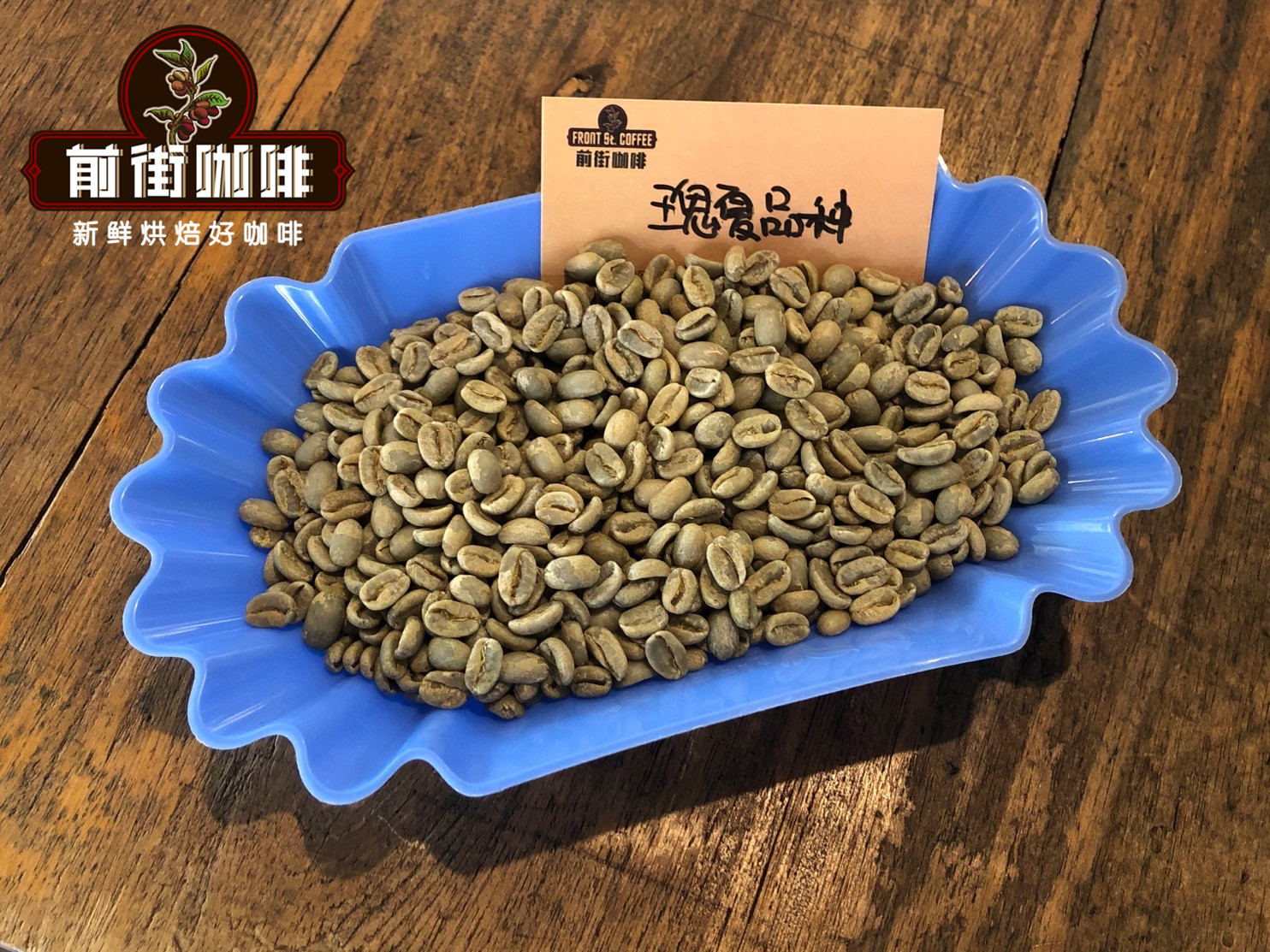
Rosewood was then sent to coffee institutes in Kenya, introduced to Uganda and Tanzania in 1936, Costa Rica in 1953, and Panama around 1960. Although rose summer disease resistance, but low yield, so people cited this quality as a variety of improved plants disappeared, until 2004 they were rediscovered in the windbreak of Emerald Manor, through the competition is rose summer coffee beans into people's sight. Later, the rose-summer variety of coffee trees was distributed in coffee producing areas in Panama and even around the world. However, the difference is that rose summer coffee to grow in harsh and high-altitude environment will form a rich and charming floral fragrance, so the front street cup of Don Benjie Estate rose summer coffee beans when the floral aroma is not particularly prominent.
anaerobic solarization
Front Street learned that the coffee beans on the estate are hand-picked, carefully selected and processed, but the farm uses very limited water, and in order to promote environmental sustainability, the high quality of the cups is always targeted in all the coffee they process.
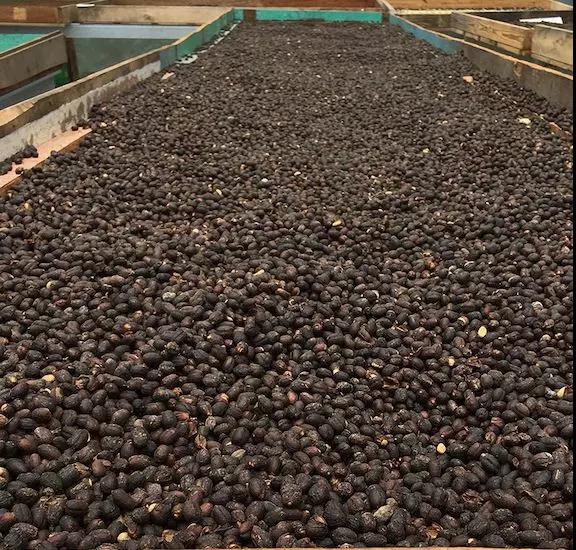
Anaerobic fermentation is a very popular post-treatment method in recent years, usually to put coffee fruit in a closed container or placed in a washing tank to ferment in water, in this process using different microorganisms to ferment to create a special flavor, fermentation is completed after the coffee fruit to take the sun drying.
Front Street Coffee Roasting Records
the furnace temperature is 160 DEG C, the furnace temperature is 110 DEG C, the air door is opened to 3 DEG C, the temperature returning point is 1'26 ", the air door is opened to 4 DEG C when the furnace temperature is 140 DEG C, the fire temperature is reduced to 80 DEG C when the furnace temperature is 168 DEG C, and the air door is not changed;
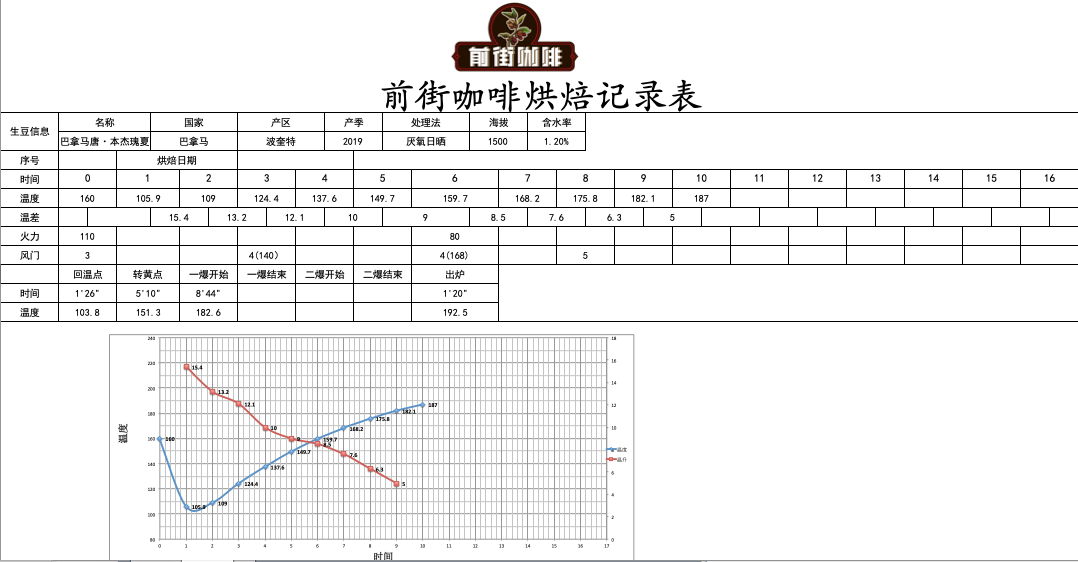
7 38", the bean surface appears ugly beard wrinkles and black stripes, toast flavor obviously changed to coffee aroma, can be defined as a prelude to explosion, this time to hear the sound of a burst point, to 8 44" to start a burst, damper open to 5, a burst after the development of 1 '20 ", 192.5℃ pot.
Front Street Coffee Cup Test Report
8 hours after each round of roasting, the sample will be tested by cup, using a 200ml standard cup test bowl, with a 20 standard sieve passing rate of 70%-75%, and a powder amount of 11g. The water quality TDS is 120ppm and the water temperature is 94 degrees Celsius. Grind first to smell dry incense, then fill the bowl with water. Wet aroma confirmation, 4 minutes later, residue breaking and residue fishing, flavor evaluation.
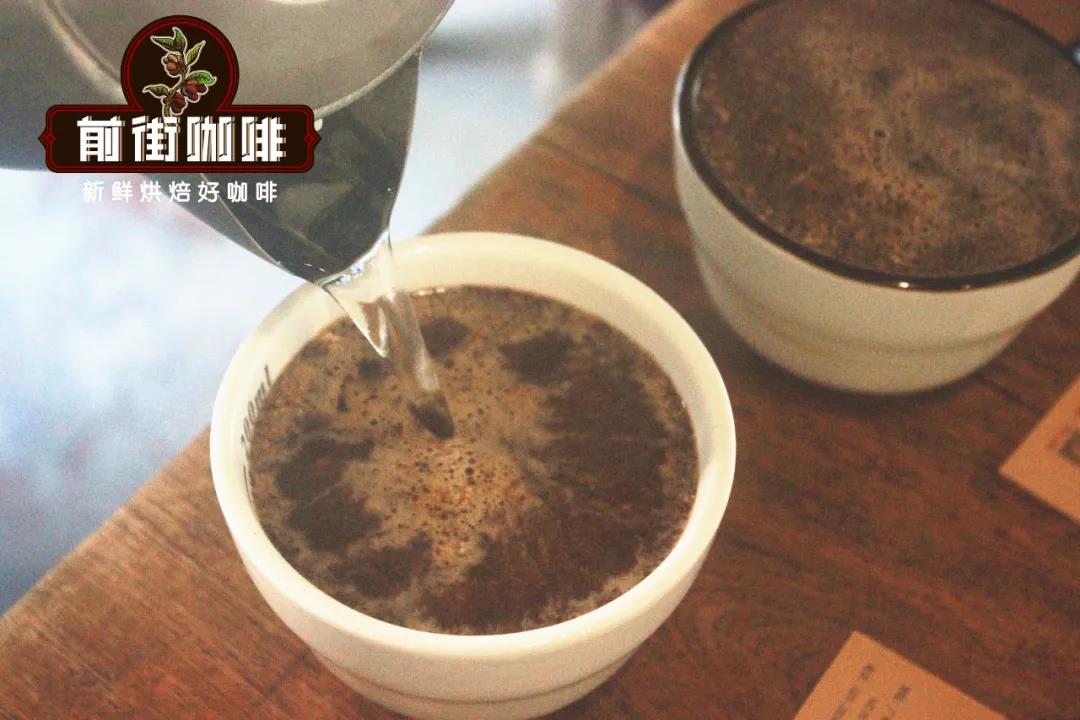
Front Street coffee after cup test, think this bean flavor has flowers, blueberries, plums, pick seeds, caramel, bright acid, more juicy feeling.
Front Street Coffee Brewing Experience
Powder: 15g
Grinding degree: medium and fine grinding degree (78% passing rate of No.20 standard sieve)
Powder water ratio: 1:16
Water temperature: 91℃
Filter cup: V60#01
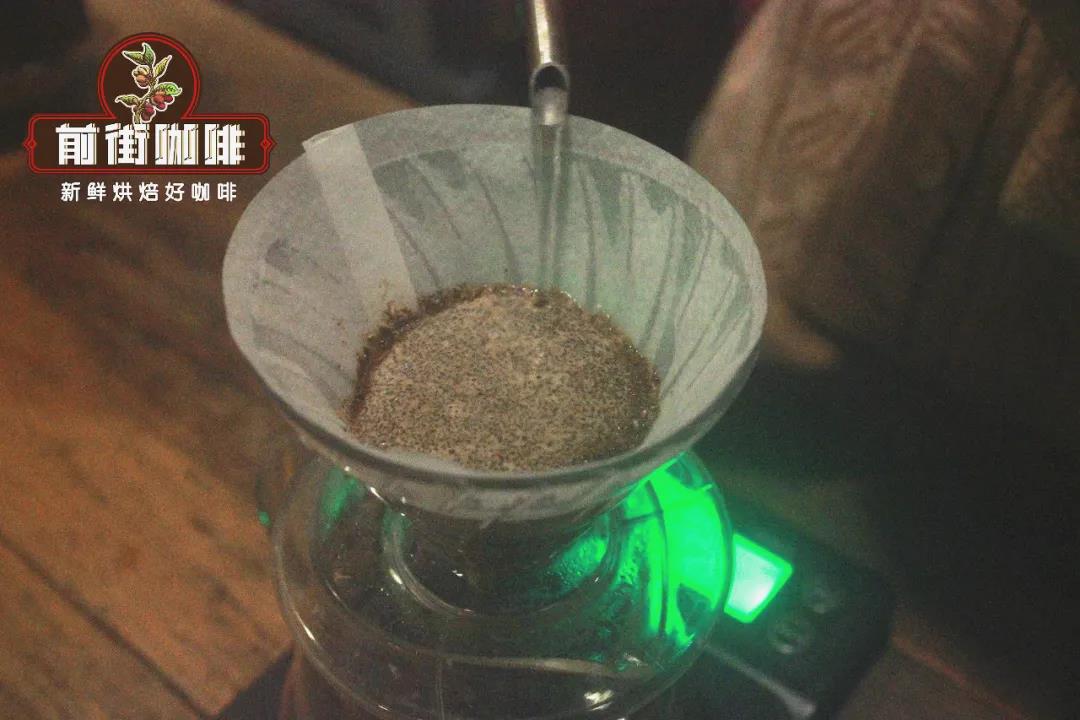
Front Street Coffee Steaming: 1. 30 grams of water in the first stage, steaming for 30 seconds. 2. After the steam is over, the second stage of water is injected, and 110 grams of water is injected around the center outward. This section of water injection can be slowly injected, rose summer coffee is very resistant to extraction, it takes a certain amount of water injection time to flush out its aroma. After filling, wait for the water level to drop to half. 3. When the powder bed is about to be exposed, the third stage of water injection is 100 grams, and the total water injection is 240 grams. Wait for coffee to filter, remove filter cup. The total brewing time is 2 minutes 02 seconds.
Brewed Flavor: Blueberry acidity on the palate, juicy taste, rose flowers in the middle, plum acidity, caramel sweetness in the finish.
More fine coffee beans, please add private WeChat Qianjie Coffee, WeChat: kaixinguoguo0925
Important Notice :
前街咖啡 FrontStreet Coffee has moved to new addredd:
FrontStreet Coffee Address: 315,Donghua East Road,GuangZhou
Tel:020 38364473
- Prev
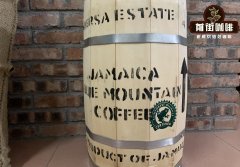
Jamaica launches Blue Mountain Rose Summer Coffee for the first time, Blue Mountain Rose Summer Coffee brewing sharing and Flavor description
Professional coffee knowledge exchange more coffee bean information Please pay attention to the coffee workshop (Wechat official account cafe_style) Blue Mountain producing area, as a traditional coffee producing area, has been growing traditional tin card varieties, using a single and exquisite washing treatment, producing blue mountain coffee with stable flavor every year. Just a few years ago, the farmers of Blue Mountain also began to innovate and change, launching the sun version first.
- Next
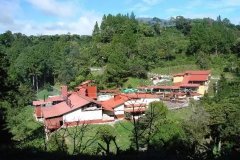
Panama Rose Summer Coffee Bean Recommended Casa Louise Manor Rose Summer Coffee Bean Brewing Flavor Features
Professional coffee knowledge exchange More coffee bean information Please pay attention to Coffee Workshop (Weixin Official Accounts cafe_style) Panama Boquet producing area has many famous coffee estates, such as Emerald Manor famous for its rose summer coffee beans, and then for example Lamastus family's Elida Manor, Boquet producing large coffee estates from high-quality coffee beans and exquisite flavor coffee
Related
- Beginners will see the "Coffee pull flower" guide!
- What is the difference between ice blog purified milk and ordinary milk coffee?
- Why is the Philippines the largest producer of crops in Liberia?
- For coffee extraction, should the fine powder be retained?
- How does extracted espresso fill pressed powder? How much strength does it take to press the powder?
- How to make jasmine cold extract coffee? Is the jasmine + latte good?
- Will this little toy really make the coffee taste better? How does Lily Drip affect coffee extraction?
- Will the action of slapping the filter cup also affect coffee extraction?
- What's the difference between powder-to-water ratio and powder-to-liquid ratio?
- What is the Ethiopian local species? What does it have to do with Heirloom native species?

